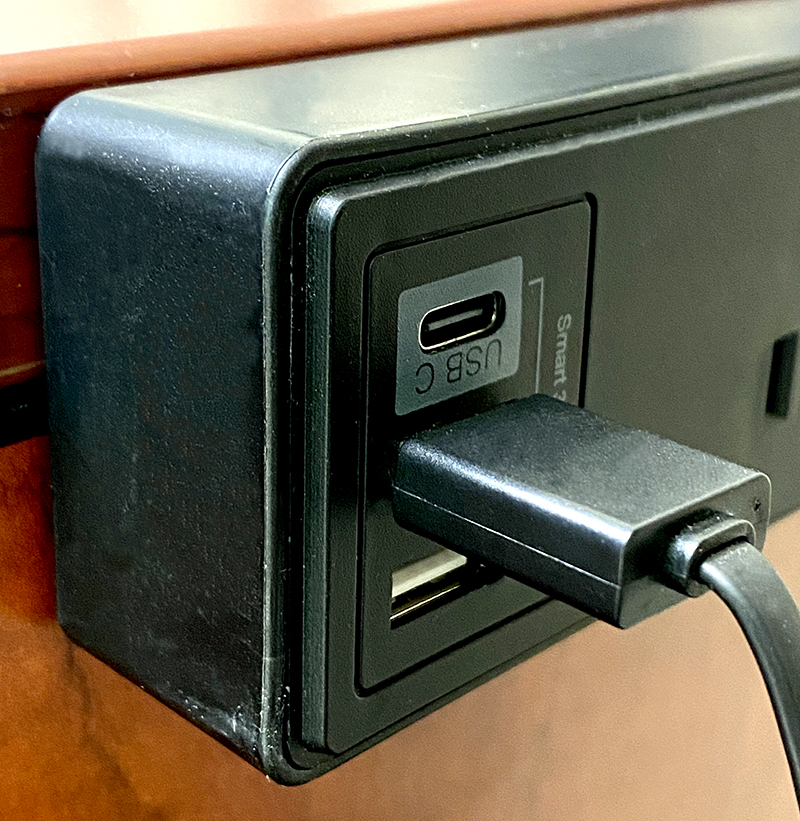Micron Technology Stock Price, Up (Sep 2023)

Micron (MU) concluded the latest trading session at $70.85, representing a 0.77% increase compared to the previous day’s closing price. This performance surpassed the S&P 500’s marginal daily gain of 0.12%. In contrast, the Dow experienced a 0.2% decline, while the Nasdaq, which is heavily focused on technology, recorded a gain of 0.29%.
Leading up to today’s trading session, the chipmaker’s shares had surged by an impressive 7.62% over the past month. This substantial gain outpaces the Computer and Technology sector’s 2.32% increase and the S&P 500’s modest 0.09% rise during the same period.
Investors on Wall Street are keenly anticipating Micron’s upcoming earnings report, scheduled for September 27, 2023. Projections indicate an expected EPS of -$1.19, reflecting a substantial 182.07% decrease compared to the previous year’s quarter. Additionally, the latest consensus estimate foresees revenue of $3.91 billion, marking a notable 41.2% drop compared to the prior-year quarter.
It’s crucial for investors to take note of any recent modifications in analyst forecasts for Micron. These revisions often provide insights into the company’s near-term business prospects. Positive adjustments in estimates are generally viewed as favorable indicators for the company’s future performance.
Our research underscores the correlation between these estimate changes and short-term stock price movements. To capitalize on this relationship, we developed the Zacks Rank, a rating model that accounts for these estimate fluctuations and offers actionable insights.
The Zacks Rank system spans from #1 (Strong Buy) to #5 (Strong Sell), boasting an impressive, independently audited track record of success, with #1-rated stocks delivering an average annual return of +25% since 1988. Over the past month, the Zacks Consensus EPS estimate for Micron has remained unchanged, resulting in a current Zacks Rank of #3 (Hold).
The Semiconductor Memory industry falls within the Computer and Technology sector, and it holds a respectable Zacks Industry Rank of 112. This places it in the upper 45% of all 250+ industries analyzed by our research. The Zacks Industry Rank serves as a measure of industry group strength, determined by the average Zacks Rank of individual stocks within the sector. Our findings indicate that top-rated industries outperform the bottom half by a factor of 2 to 1.








